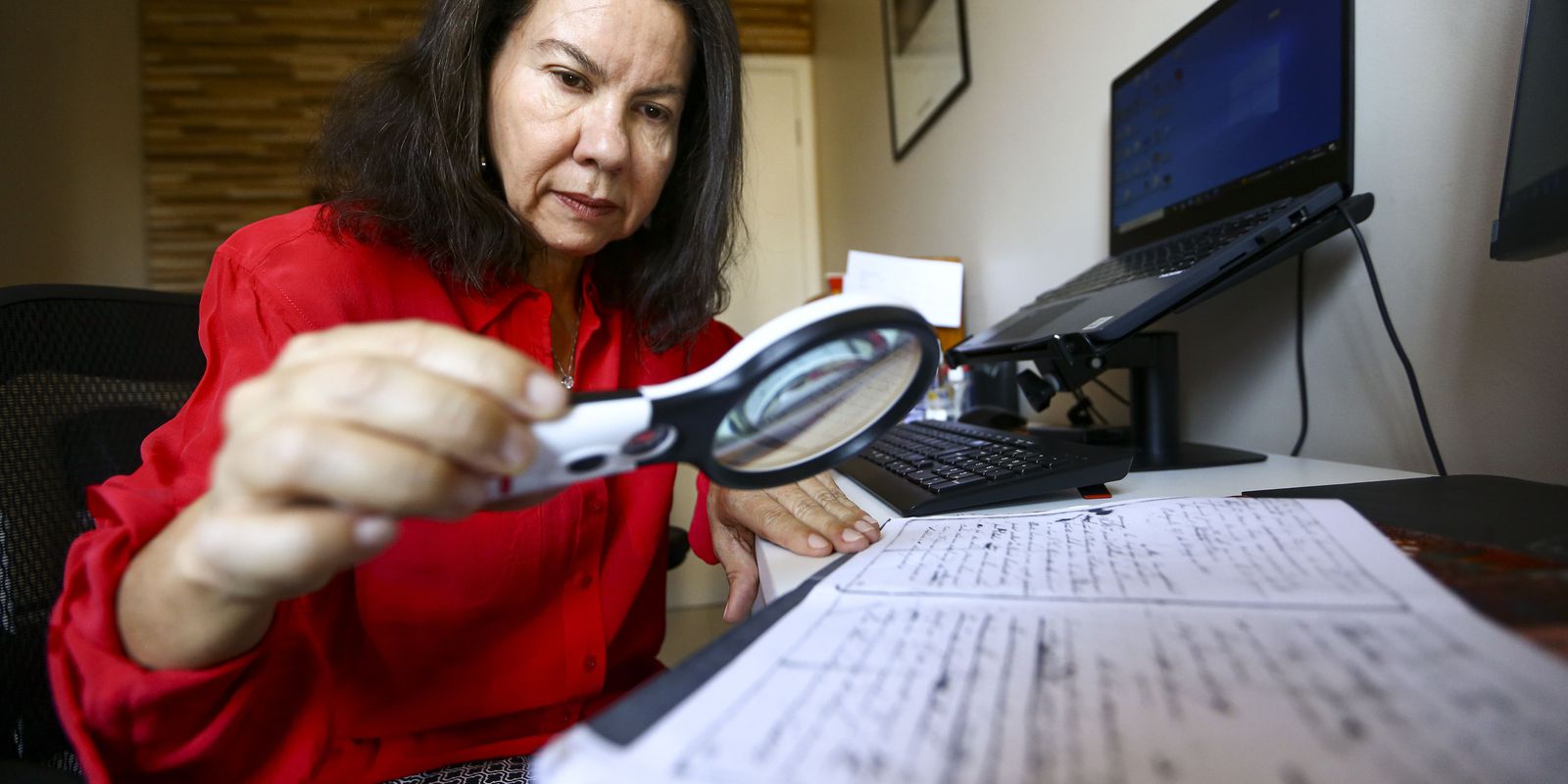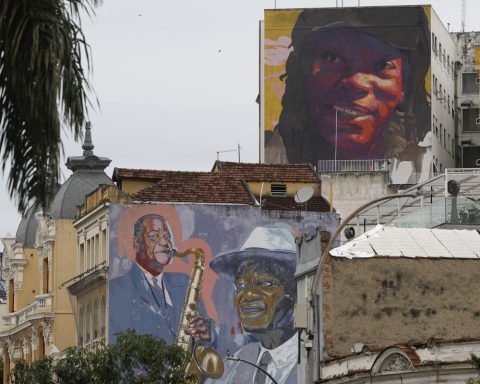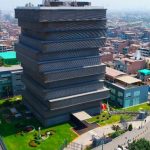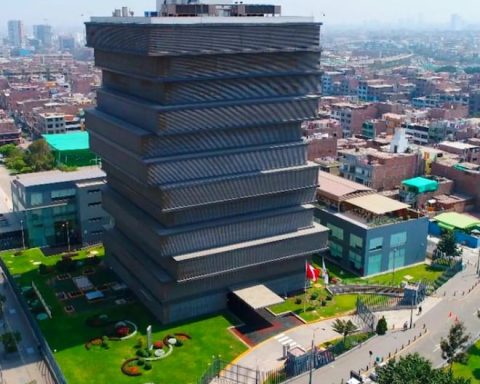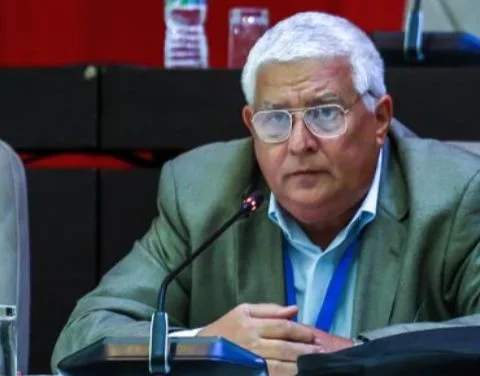A leaf through pamphlets from a hotel in California made journalist Tina Evaristo discover that Silicon Valley and Brazil are intrinsically linked by the past. In 2018, during a business trip to San José, a technology hub near San Francisco, Tina came across an advertisement for a museum dedicated to the family of one of the most enigmatic figures in Brazilian history. The region was the place where Pedro de Alcântara Brazileiro de Saisset, the bastard son of Emperor Pedro I, lived and prospered.
Curiosity and the time available during the pandemic led the journalist to undertake a research. The work involved the reading of letters and documents and virtual meetings with an American researcher, who has studied the Saisset family for 20 years, and with a French researcher. The effort culminated in a blogwhose posts began in February and will end on September 7, on the bicentennial of Brazil’s Independence.
In March of this year, one month after the start of the blog, Tina returned to California, where she had daily meetings with the American researcher that started in the morning and lasted at least until 10 pm. “We would wake up and spend our days breathing Pedro de Saisset”, says Tina, who plans to go to France in October to continue her research. “I had to read many documents in French and Portuguese from the 19th century. I even bought a magnifying glass to understand the handwriting”, recalls the journalist.
lack of recognition
For the journalist, Pedro de Saisset has much less recognition in Brazil than he deserves. “He [Pedro de Saisset] he was never treated as a human being, but as a problem by the imperial family and friends of Dom Pedro I. From the impression I have, after reading several letters, he was the only brother of Dom Pedro II who could present a threat to official power. Because he was smart, visionary, hardworking and managed to amass a fortune in the United States,” says Tina.
In Silicon Valley, the family legacy is honored to this day. Maintained by the University of Santa Clara, the museum whose pamphlet gave rise to the research honors Ernst de Saisset, Pedro’s son who became a painter.
The youngest daughter, Isabel, donated her entire fortune to the same university when she died, consolidating the family’s patronage. “There is a great possibility that the name was given in honor of Princess Isabel”, highlights the journalist.
mysteries
Almost 200 years after his birth, Peter of Saisset still has his biography shrouded in mystery. Born in Paris, on August 28, 1829, he was the son of the dressmaker Henriette Josephine Clémence de Saisset, who secretly left Brazil pregnant with Dom Pedro I. The trip was accepted by Henriette’s husband, the French merchant Pierre Joseph Felix de Saisset. , who struck a deal with the Emperor to take over the child in exchange for financial aid.
In 1848, shortly before turning 19, Pedro de Saisset went to Rio de Janeiro to take care of the business of his adoptive father, who had a fabric and clothing store on Rua do Ouvidor. The season in Rio de Janeiro, however, lasted only six months. In February 1849, Saisset left Rio hidden from his family and took a ship bound for California.
The reasons for suddenly leaving Brazil are among the main mysteries surrounding the Emperor’s bastard son. Based on the letters, Tina says that he may have fled when he found out about his relationship with Dom Pedro I. “I can’t imagine him arriving in Brazil, after all the scandal, and nobody telling who he really was”, adds the journalist. She considers, however, that the hypothesis needs investigation.
Prosperity
On the trip to the United States, Pedro de Saisset had all his savings stolen by the captain of the ship. Arriving in California, without resources, he initially became a longshoreman, taking advantage of the movement brought about by the gold rush. The American dream, however, has come true. In five decades of living in California, Saisset gained wealth and prestige, serving for more than 30 years as French consul in San José.
According to Tina Evaristo, soon, the blog will publish an estimate of the current value of the fortune accumulated by him.
Pedro de Saisset married Maria Palomares, a widow with three children. With her, he had six children, four of whom survived. The eldest, Pierre, studied music in France. The second, Ernst, studied painting in Paris and has a museum named after him in California. The third, Henriette, married and had children, but the children died. The youngest, Isabel, lost her fiancé shortly before the wedding and lived a secluded life until 1951, when she died and ended the Saisset lineage.
unfoldings
According to the journalist, the blog will not end after narrating the last days of Peter of Saisset. “After September 7th, I intend to tell you about the children. I had access to some correspondence and everything in the family. The story doesn’t stop there. It has the second generation”, highlights Tina.
On her trip to France, the journalist will try to unravel one of the mysteries that appeared in the blog. What is supposedly the only image of Henriette Josephine Clémence (Peter’s mother), the photograph of a painting stored in the basement of the Ernst Museum in Saisset, had its authorship questioned after being published in site.
One reader said the painting would be a copy of a portrait of the opera singer Maria Malibran, exhibited at the Musée de La Vie Romantique in Paris. “The image on the blog It was made by me in California. The painting bears Ernst’s signature with the title ‘Grandfather’. Now, I’m trying to talk to the museum in France”, explains the journalist.
To publicize the blogTina opened profiles on the networks Instagram and twitter, where it informs the publication of new posts. She also opened a channel on Youtubewith statements by historians Bruno Antunes de Cerqueira and Mary del Priore about the project.
